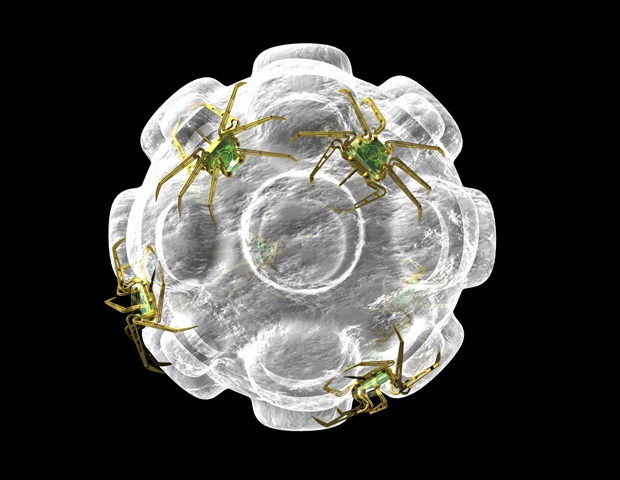Groundbreaking research has revealed a new way to measure incredibly minute forces at the nanoscale in water, pushing the boundaries of what scientists know about the microscopic world. The significant nanotechnology advance was achieved by researchers from Beihang University in China with RMIT University and other leading institutions including the Australian National University and University of Technology Sydney. The new technique, involving a super-resolved photonic force microscope (SRPFM), is capable of detecting forces in water as small as 108.
2 attonewtons-;a scale so minute that it compares to measuring the weight of a virus. Lead researcher from Beihang University, Professor Fan Wang, said the key to this ultra-sensitive measurement lay in the use of lanthanide-doped nanoparticles, trapped by optical tweezers, which are then used to probe the minute forces at play within biological systems. Understanding these tiny forces is crucial for the study of biomechanical processes, which are fundamental to the workings of living cells.

Until now, measuring such small forces with high precision in a liquid environment was a significant challenge due to factors like probe heating and weak signal issues." Fan Wang, Professor, Beihang University The SRPFM technique developed by Wang and his team addresses these challenges by employing advanced nanotechnology and computational techniques. By leveraging neural network-empowered super-resolution localisation, the team is able to p.























